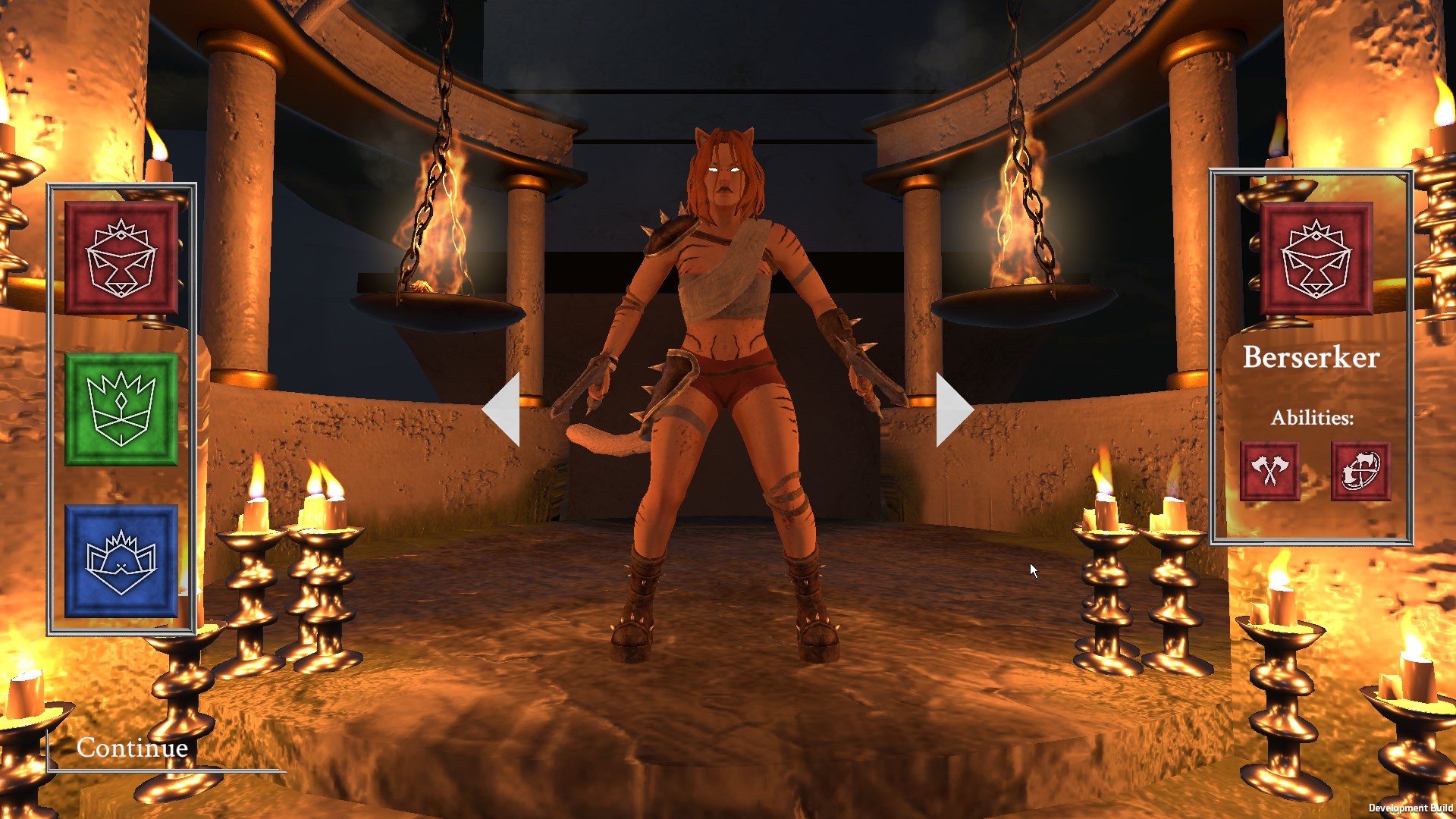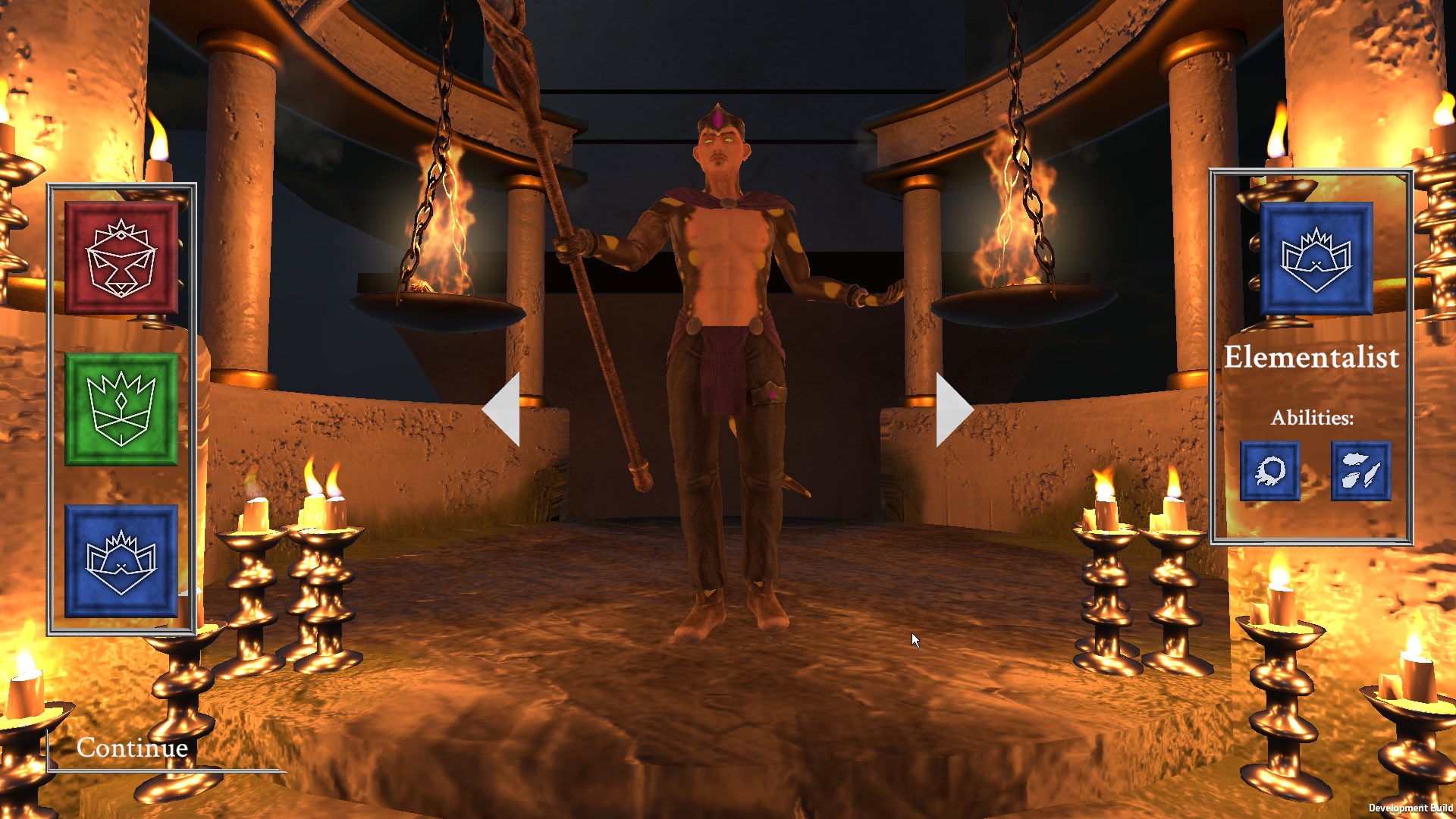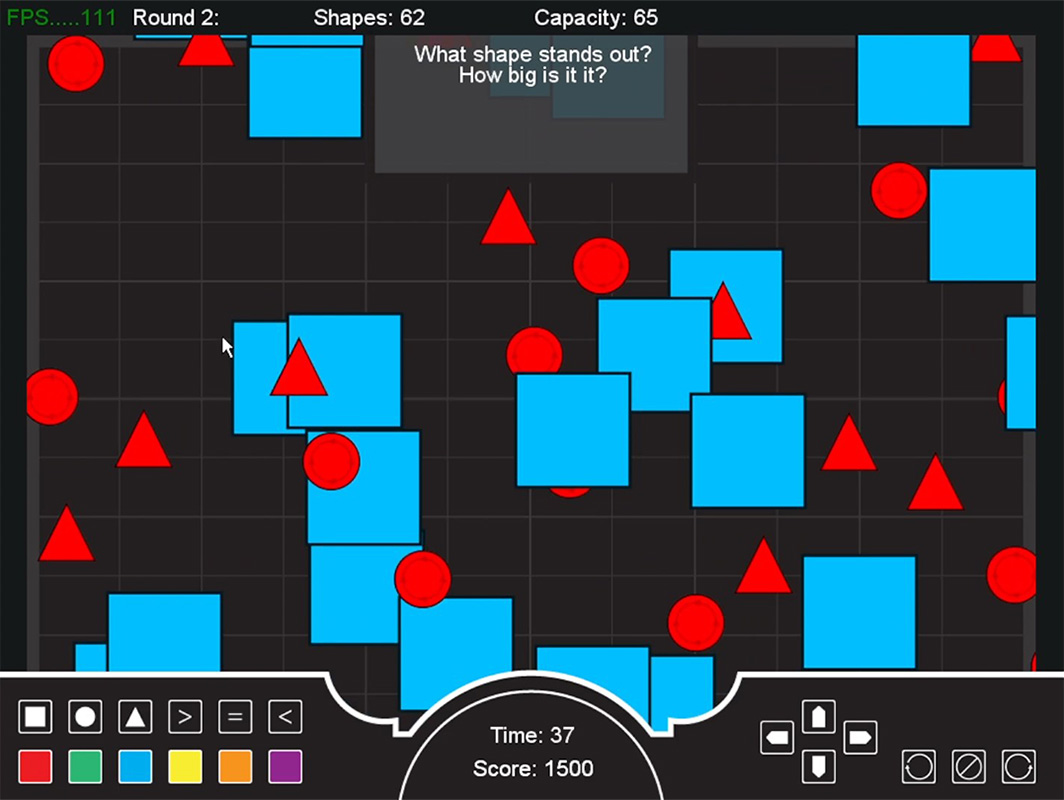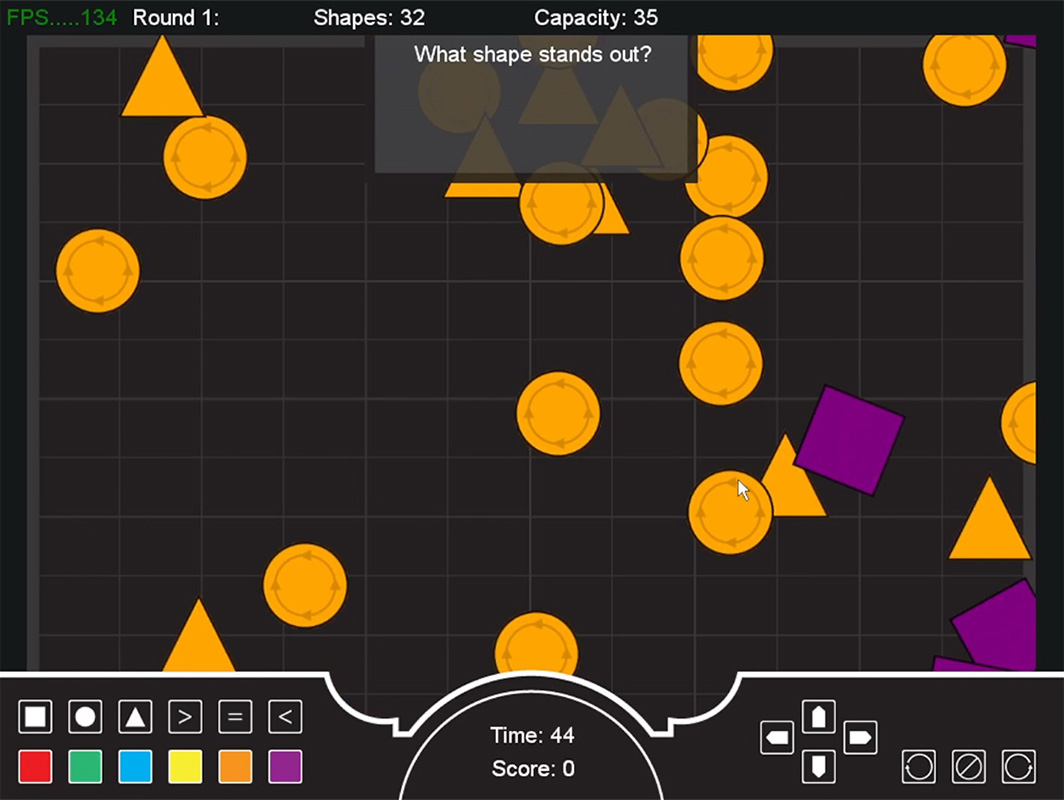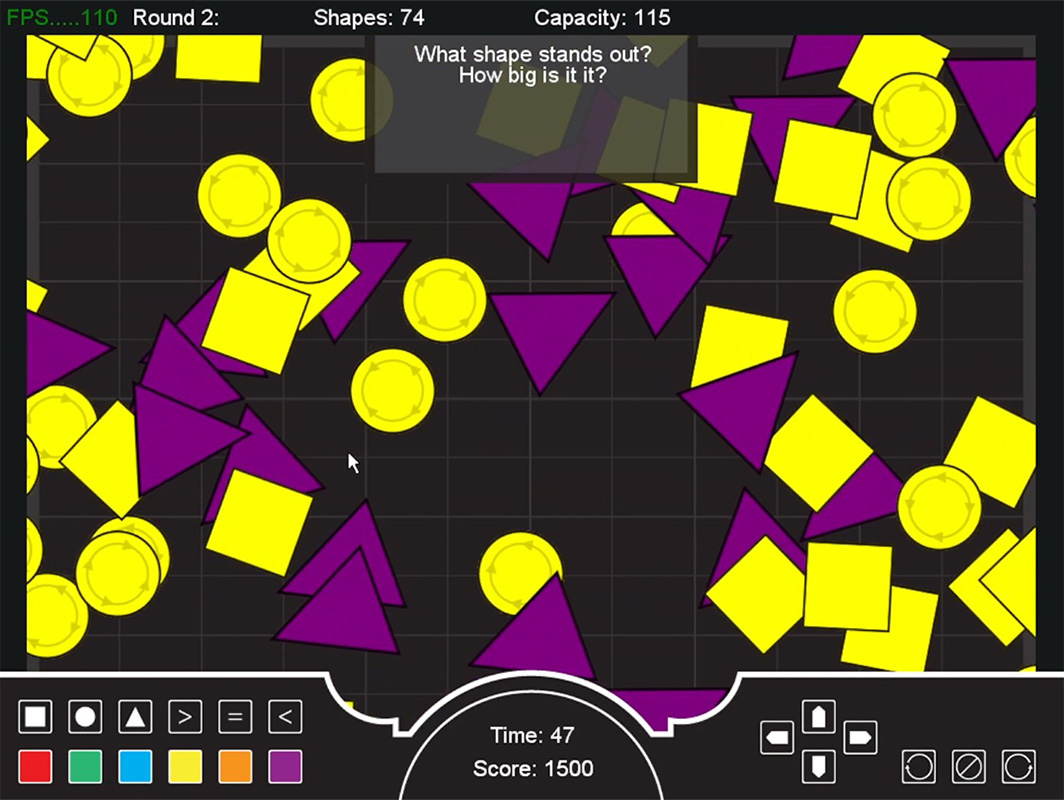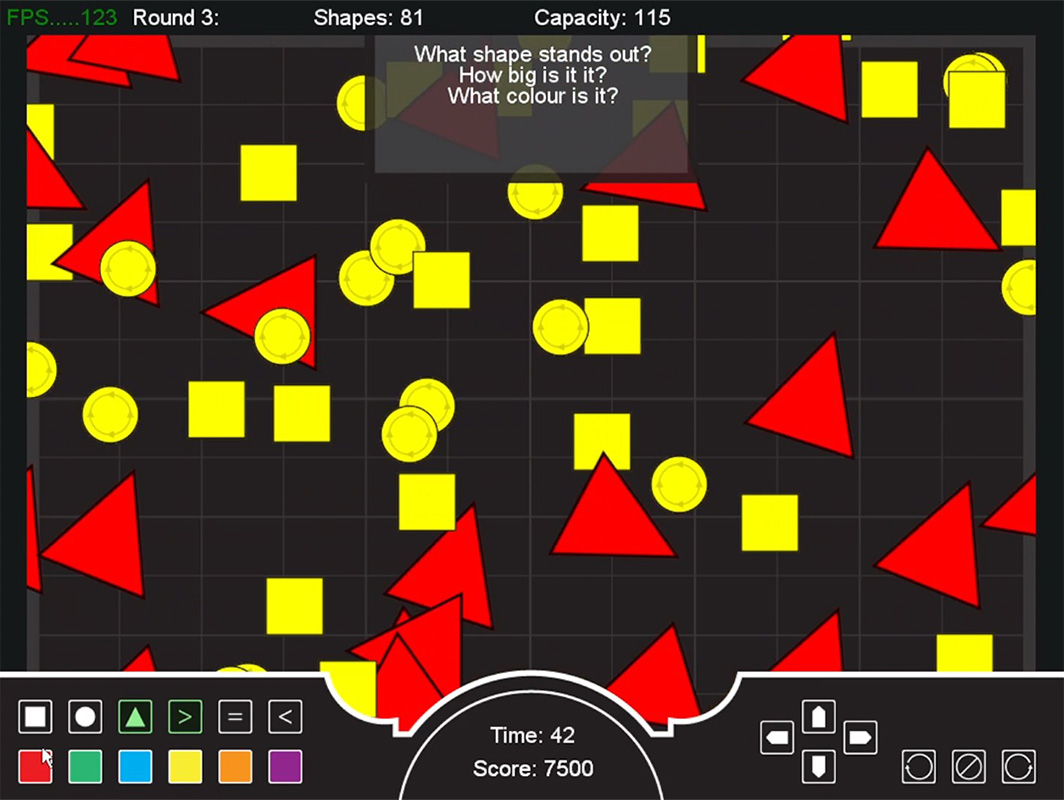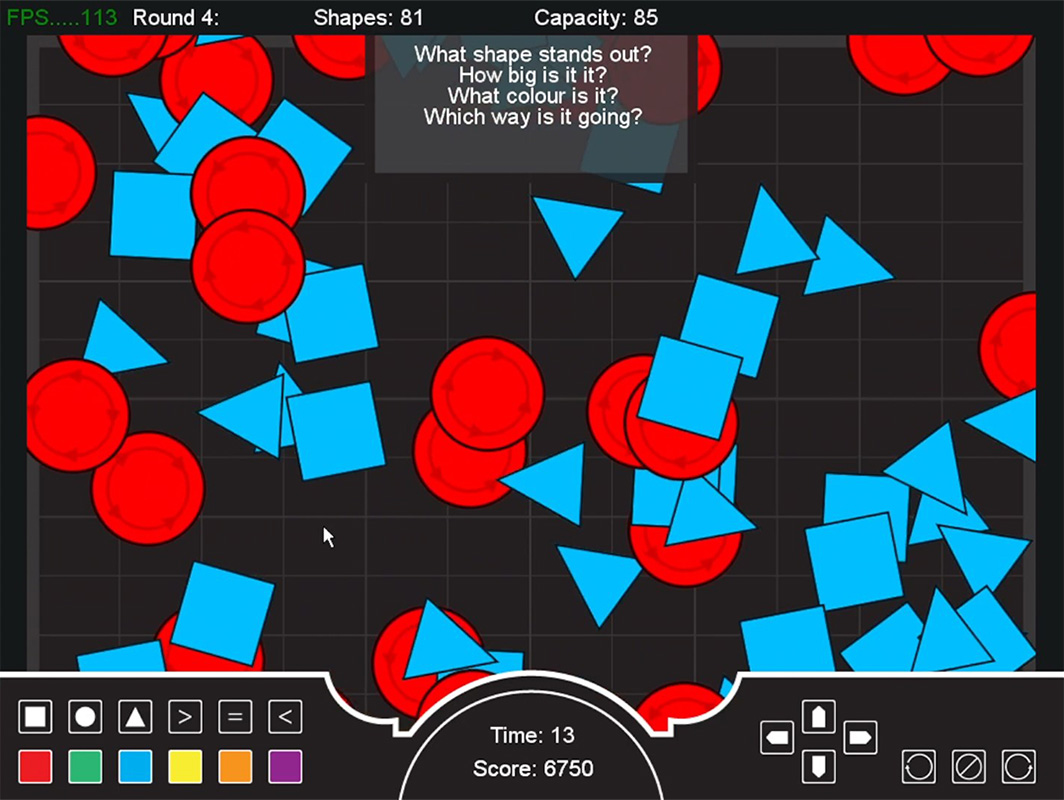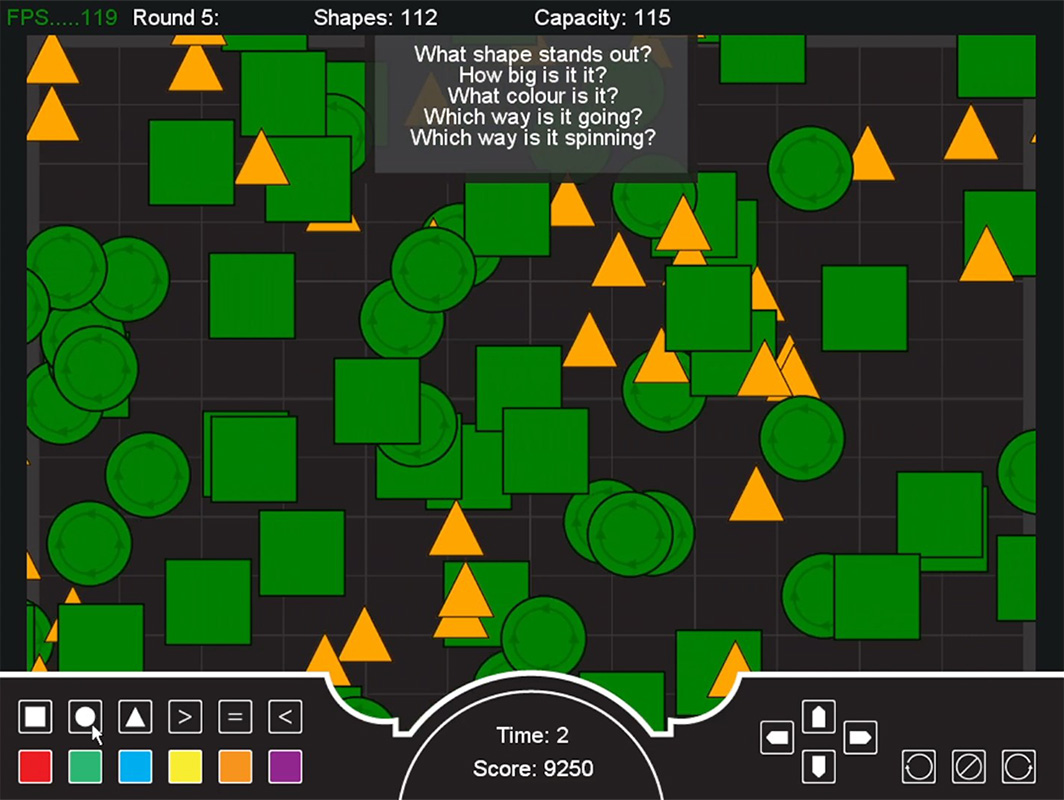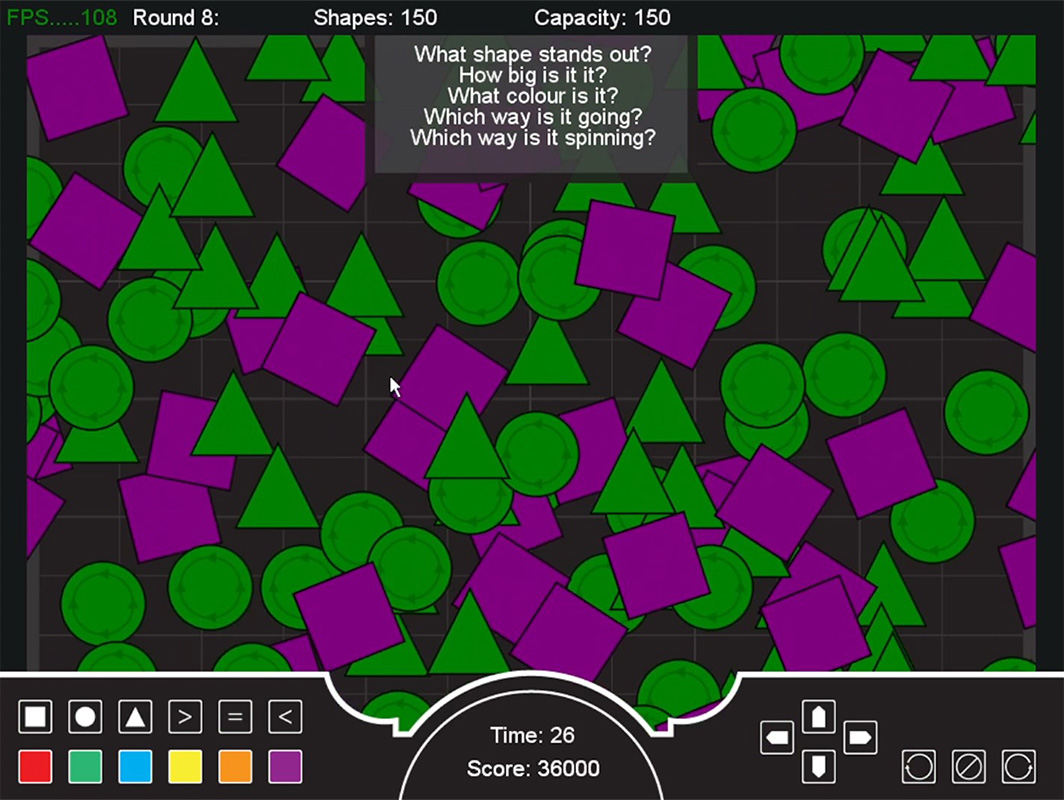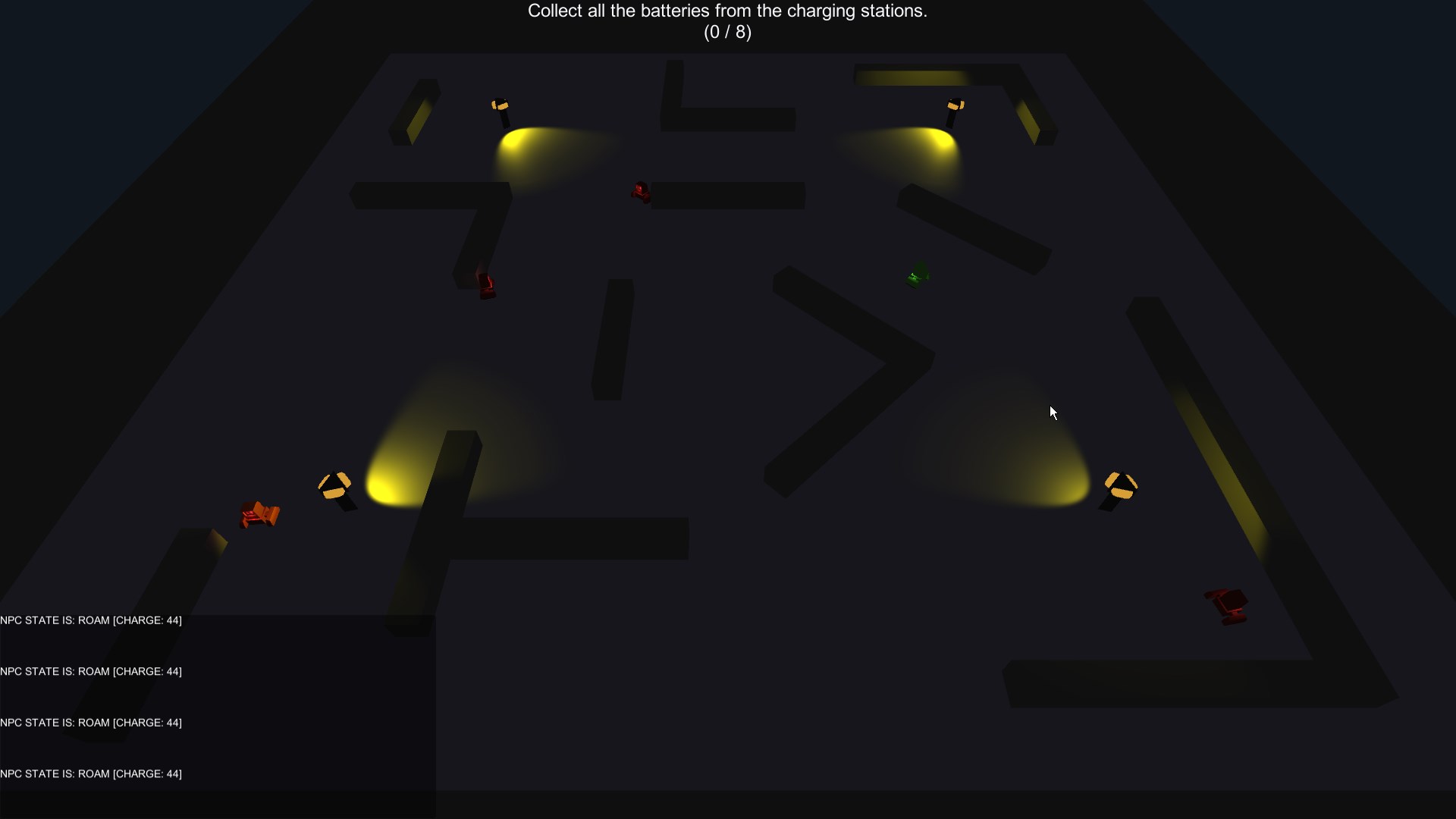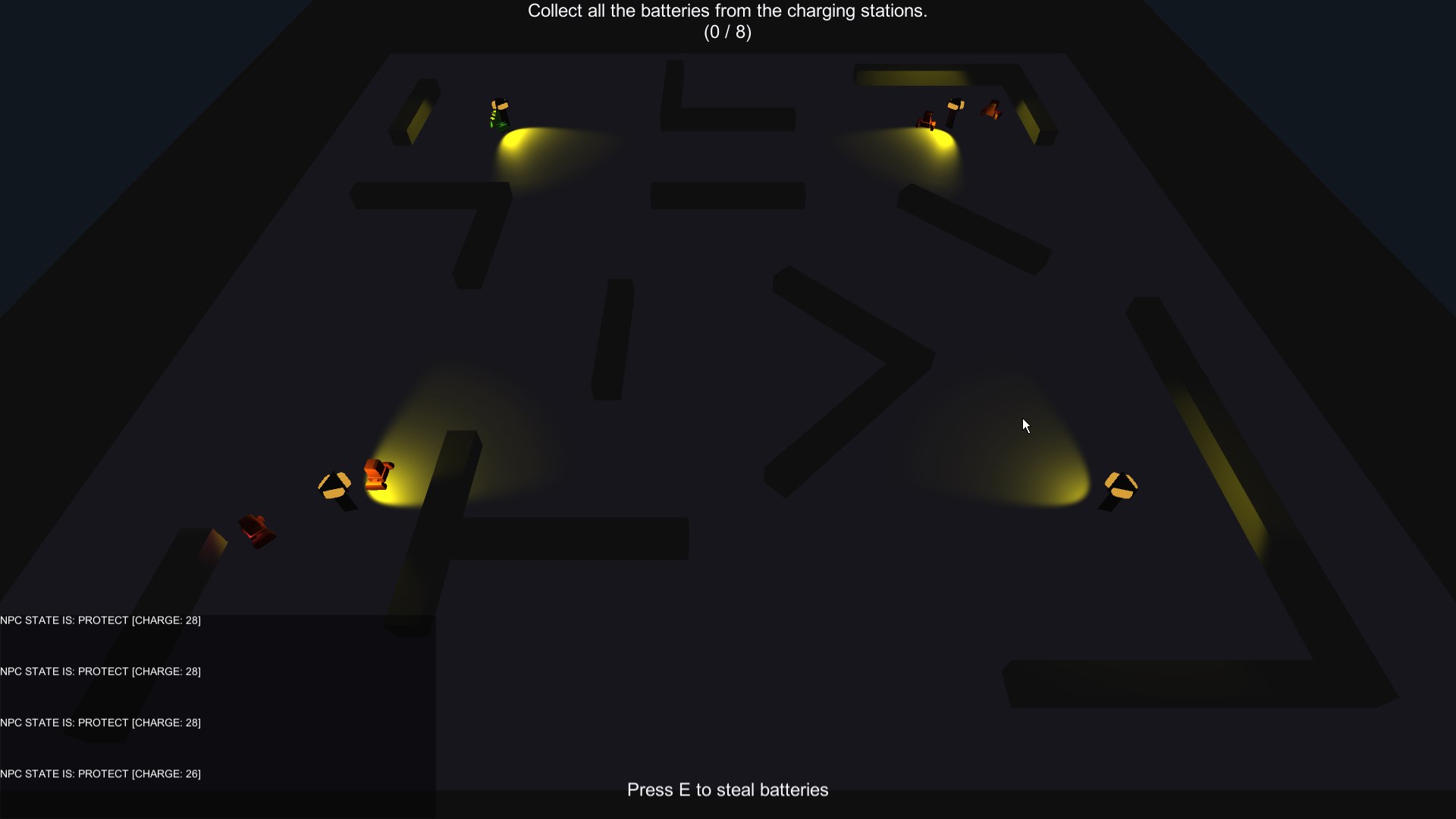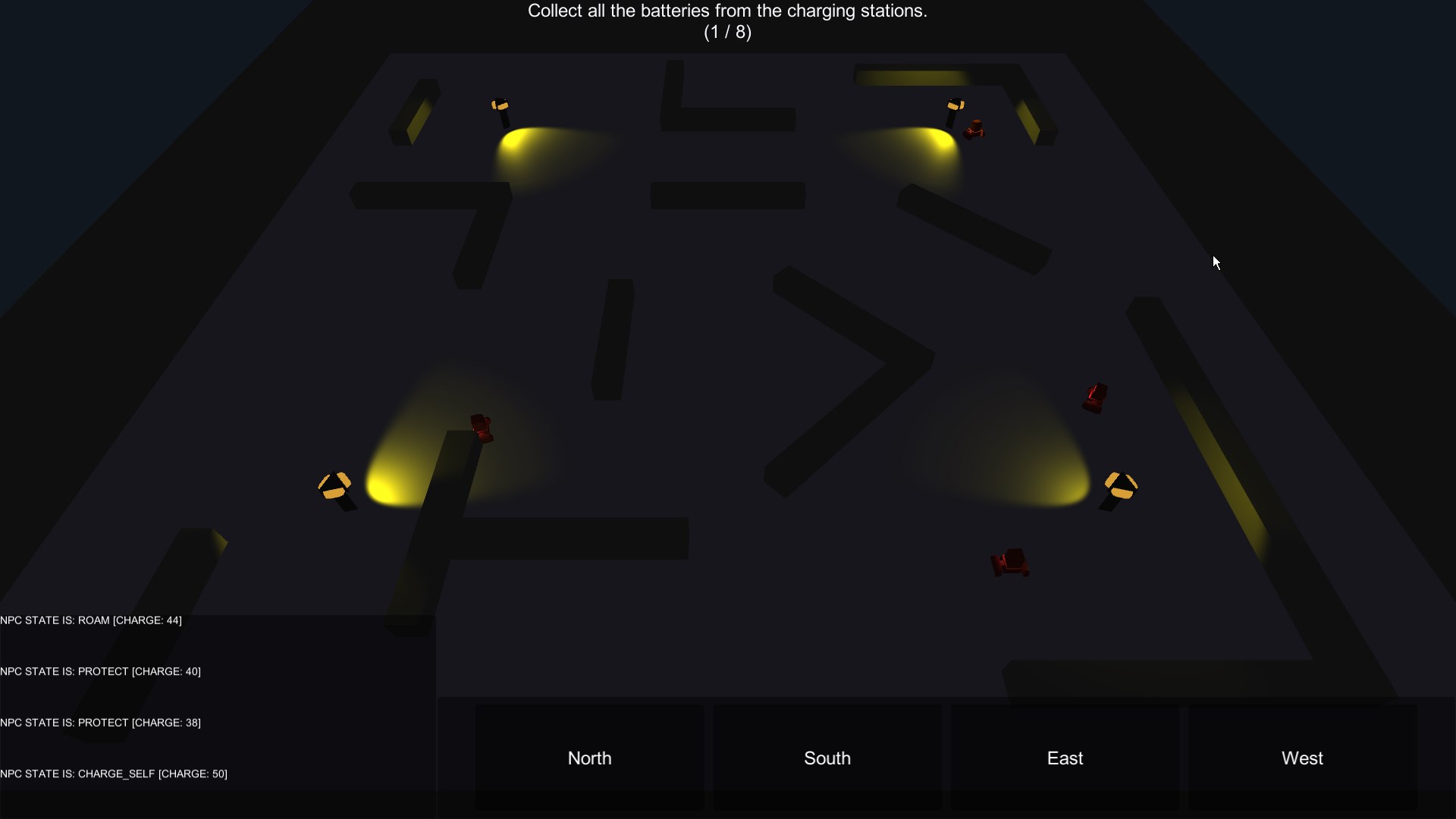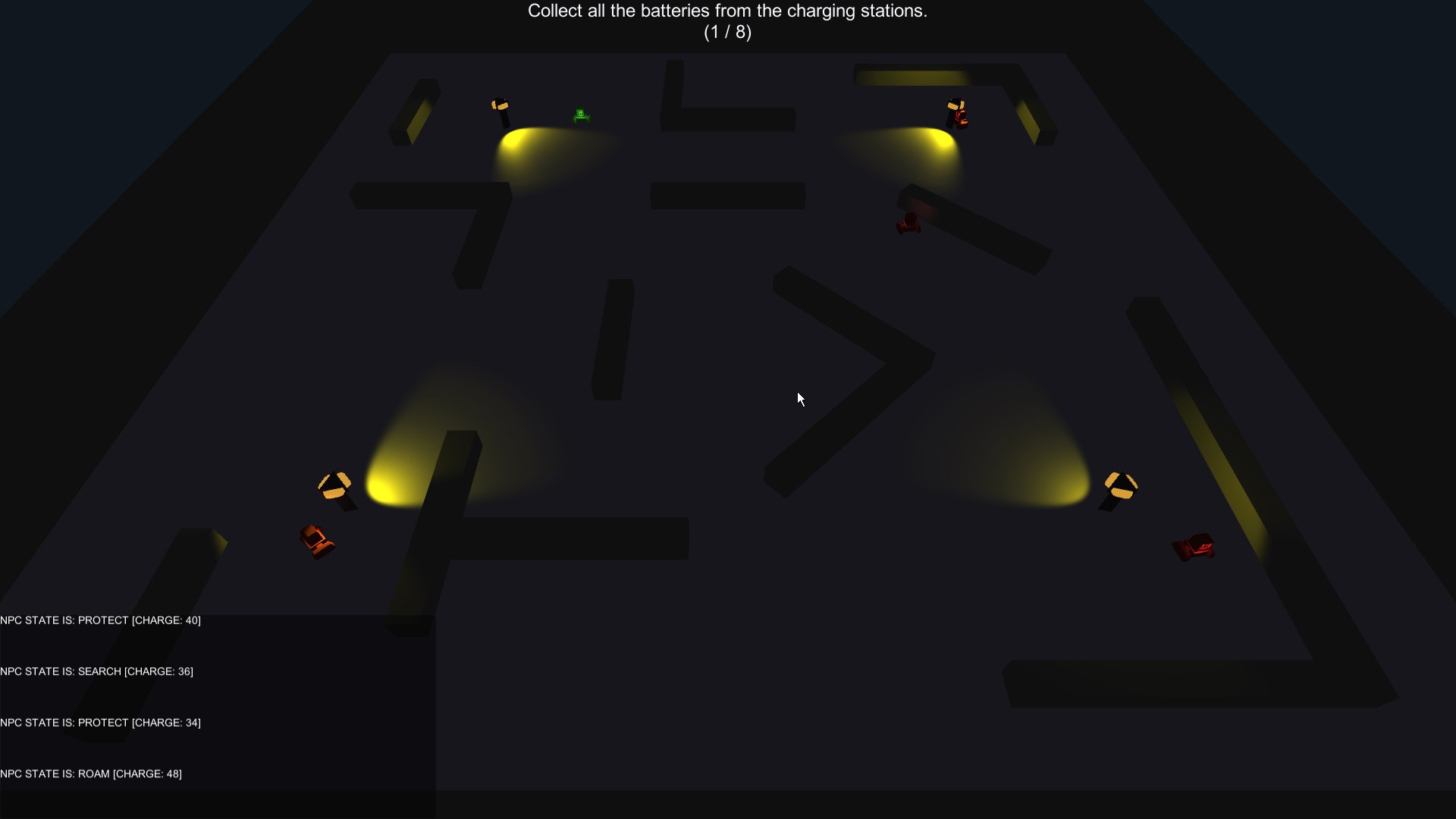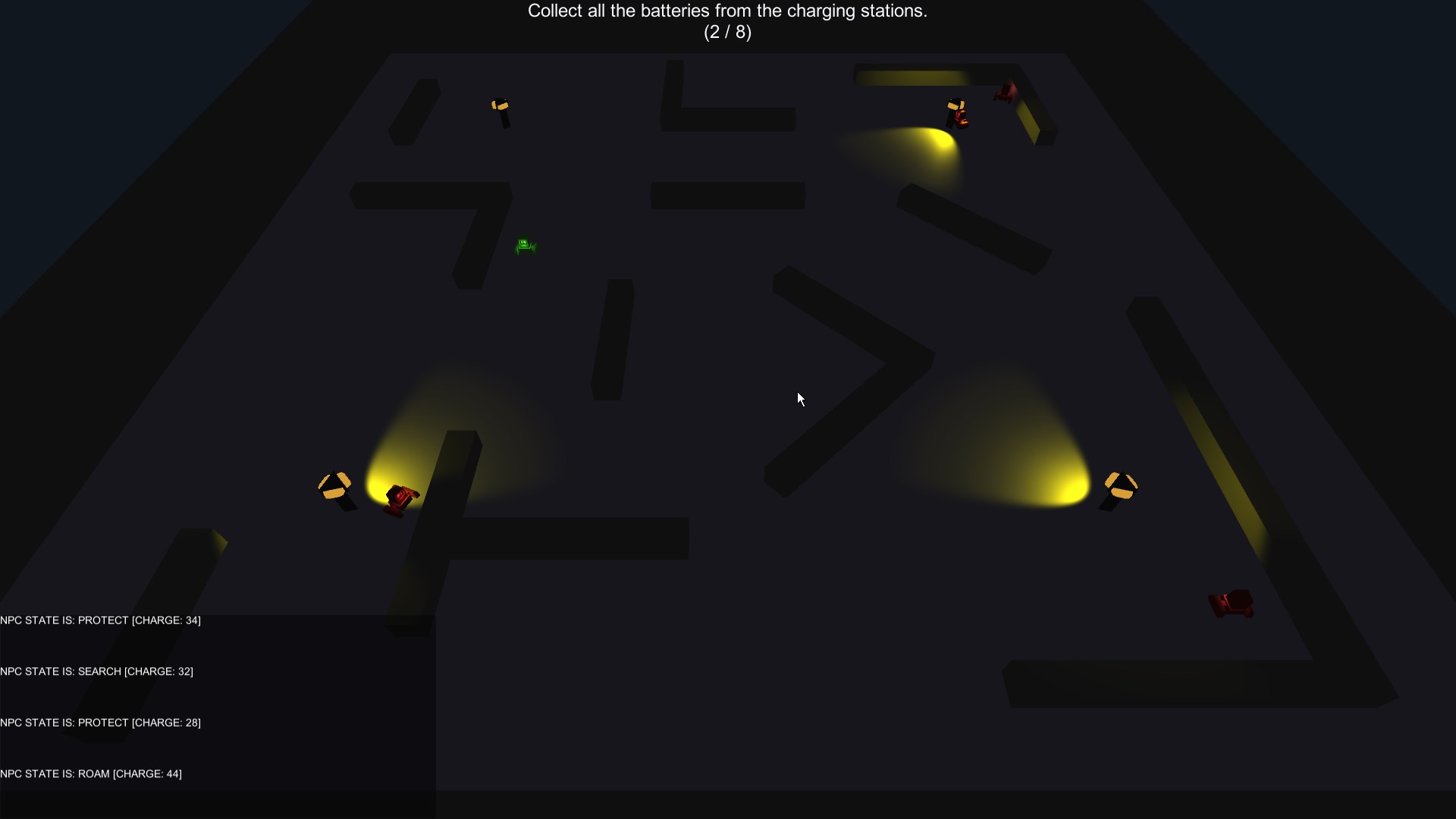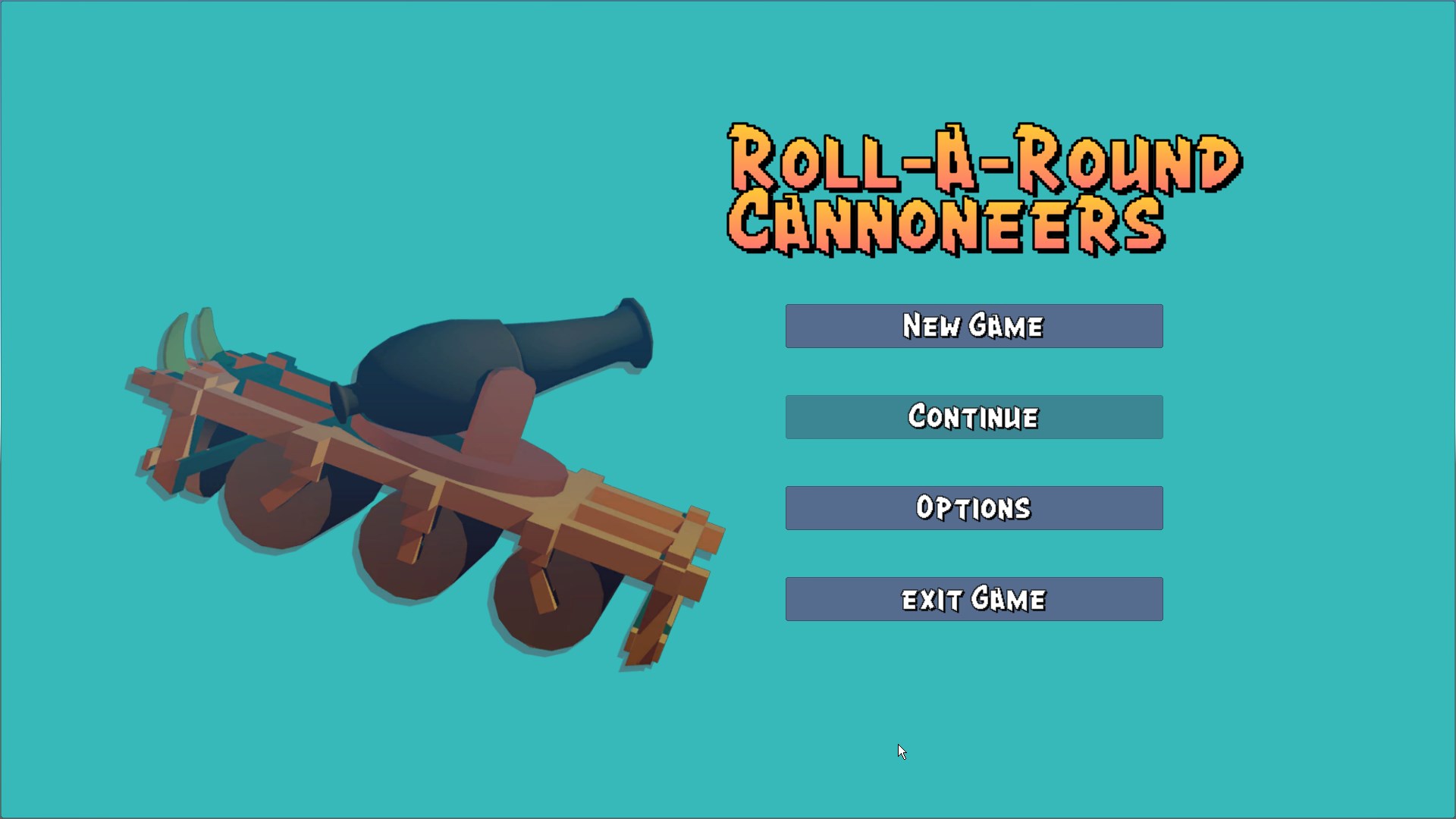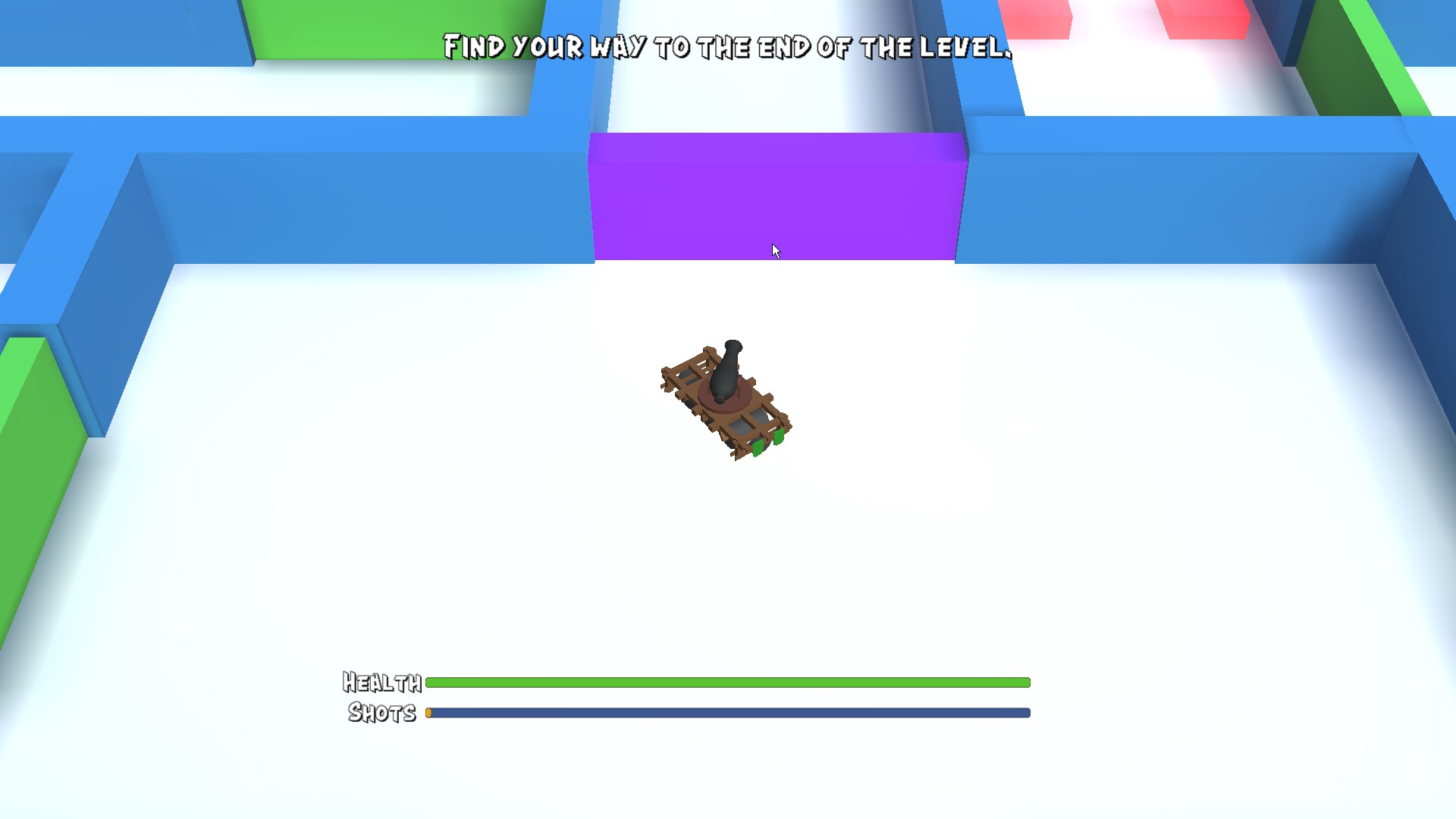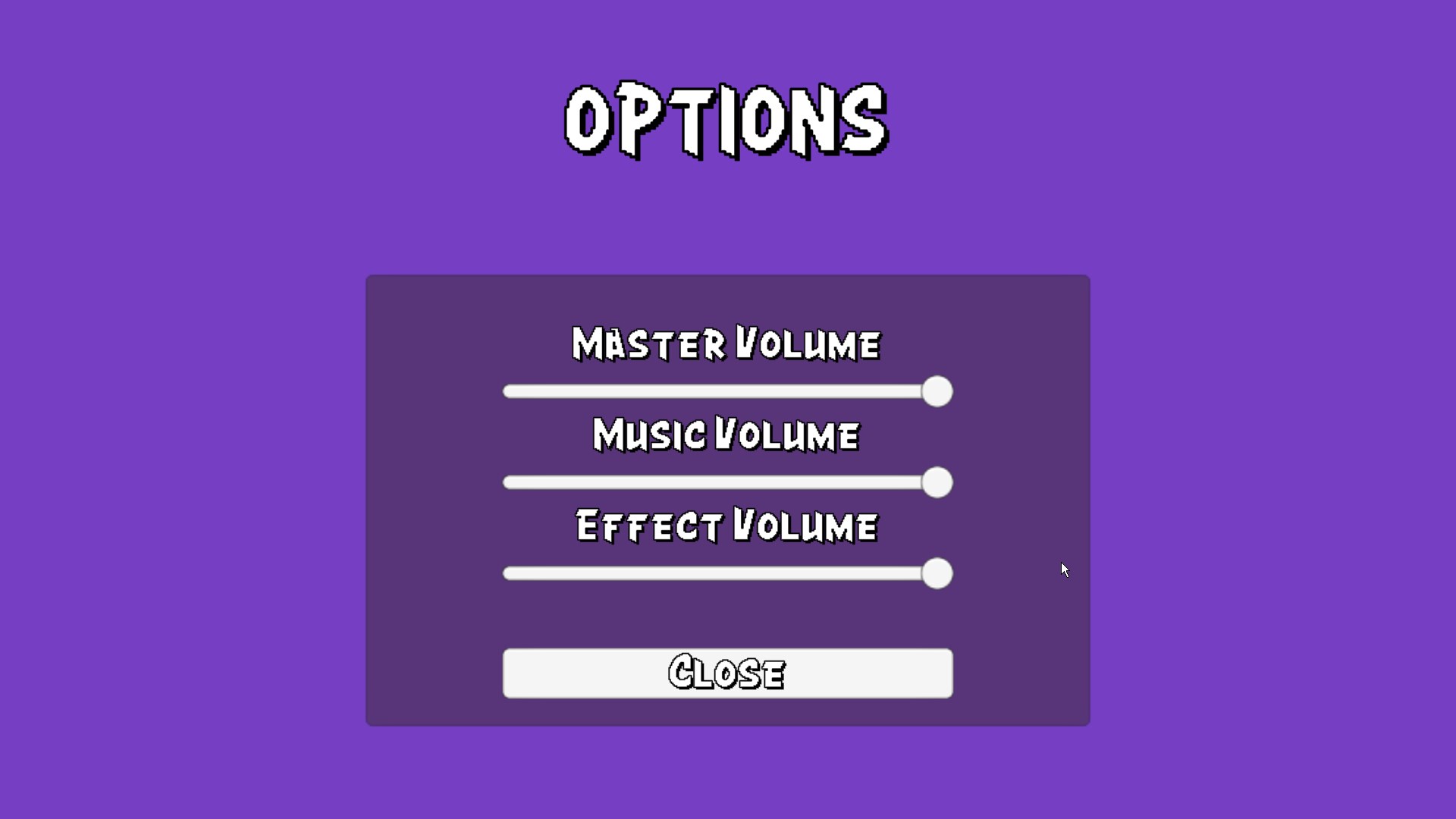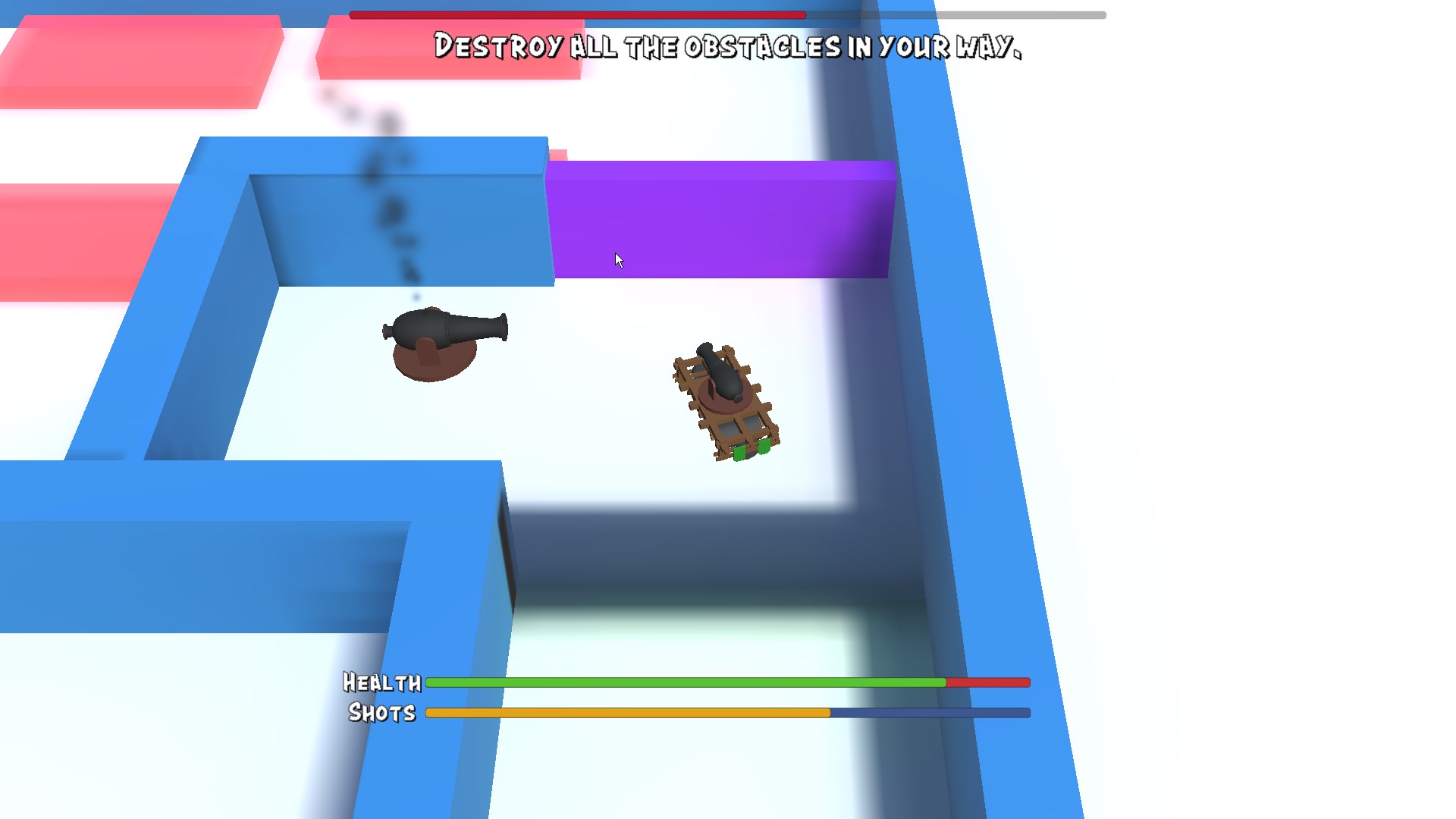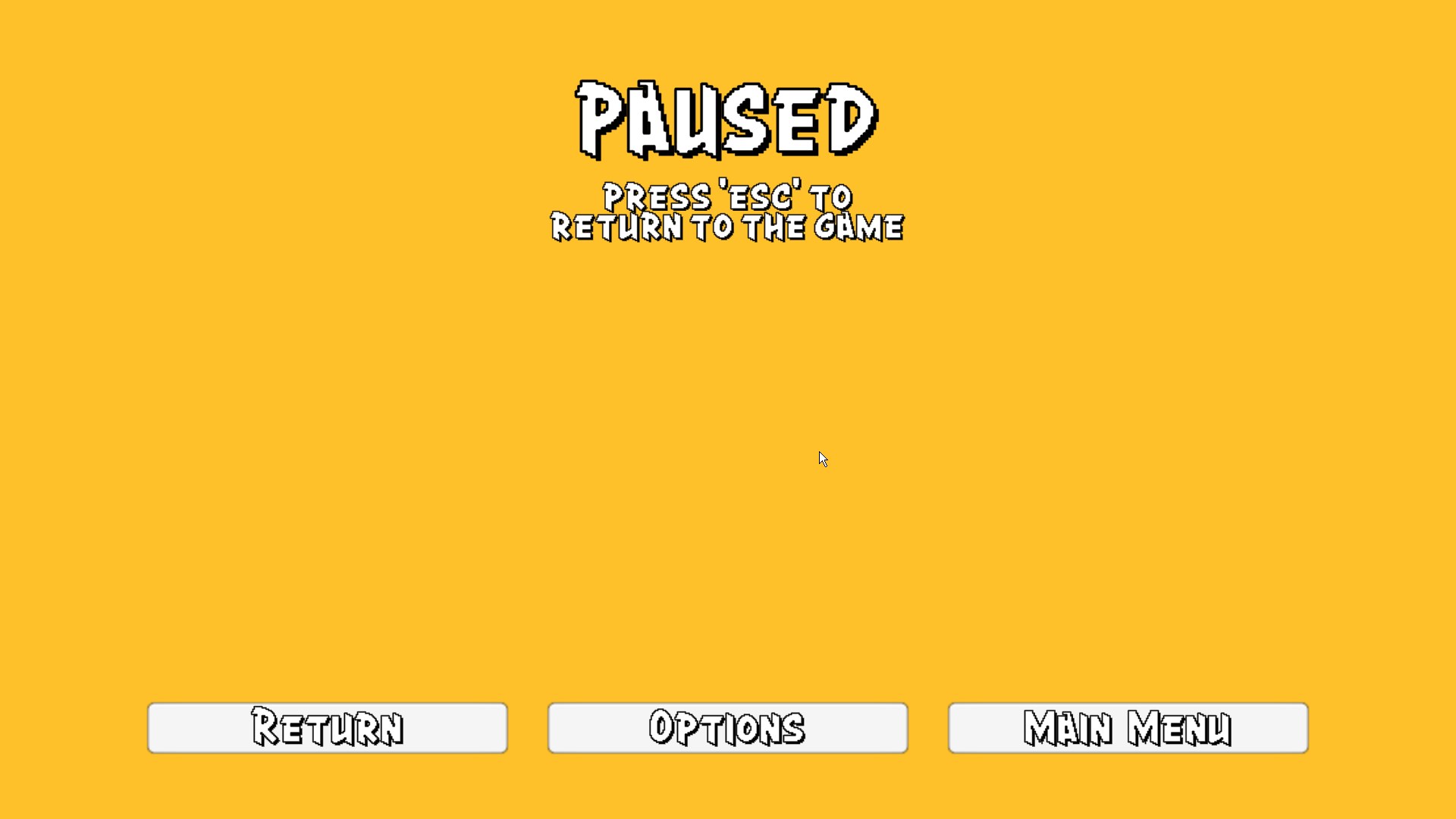Projects
Project Length: 8 Months (4 Pre-Production, 4 Production)
Objectives:
Create a game with a team of developers and experience the full pipeline of game development. From pre-production and pitch presentations, to regularly scheduled milestones and content delivery, up until release and showcase at GD Launch and Level Up 2025.
Target Audience:
Gamer's that enjoy action role playing games but may not have much time to invest into games.
Concept:
Guardians of Xenasia is an isometric, action role playing game, a roster of three unique characters to play from. The game features a shorter gameplay loop, with a simple progression system, and interesting character building mechanics to mix and match character abilities.
Design Process:
- Multiple Iterations on Many Systems: Developed Movement, Combat, Inventory and Rune Upgrading Systems
- Enemies and AI: Self-Developed a Finite State Machine and manager for directing spawning and centralizing updates.
- Level System: Contains a custom built grid with an integrated flow field, as well as level details for efficient designer implementation
Challenges:
- Player Feedback: Creating enough feedback and engaging gameplay response to satisfy the action in the game, required extensive work an iterations from the team as a whole.
- Reasonable AI: Developing AI that could behave reasonably, as well as performant on lower-gen hardware was a struggle, considering the number of AI the design expected.
Outcomes:
- Short and Fun Experience: The final product was a short and fun combat experience that players can play through at their own pace. Also including difficulties and progression if players want more.
- Scalable Combat System: Combat System included an ability framework that made use of Scriptable Objects to enhance designer input and balancing.
- Dynamic AI Behaviours: State machine actively adapted to player interactions, and agents are constantly moving to gain an advantage for themselves.
- Debugging Improvements: Working on a larger project with many interconnected systems required extensive debugging and testing to ensure satisfactory quality, leading to significant improvements in my debugging and QA skils.
Project Length: 1 week
Objectives:
Develop a game and understand the basics of C++, pointers, and dynamic memory management.
Target Audience:
People that enjoy logic and puzzle games.
Concept:
Simple arcade-styled, hidden object game, where the player must analyze and figure out which shape stands out from the rest.
Design Process:
- Basic Gameplay: Developed the basic loop of sprites moving across the screen, and dynamic lists to increase the number of shapes as the game progressed
- Player Input: For the game to function, a UI layout was required alongside button interactions that validated the gameplay state and answers, providing score and time on success.
Challenges:
- Dynamic Memory: First major C++ and DirectX project, therefore it was a challenge to utilize and cleanup pointers and references.
Outcomes:
- Super Simple Game: A simple game that is enjoyable and easy to understand, good for kids.
- Foundation for Design: This game provided a foundation for design and creative outlet for games that I can create from start to finish.
Project Length: 1 week
Objectives:
Learn the basics of AI in games, with a simple implementation of a Finite State Machine in a gameplay environment.
Target Audience:
Player's that enjoy stealth styled games with unique enemy behaviours and simple objectives.
Concept:
Sabotage the rival factory by stealing the batteries out of their charging stations and disabling their worker robots.
Design Process:
- Finite State Machine:
Utilized a Finite State Machine Framework to create custom states based on a behaviour tree and design document. - Simple Player Mechanics: Developed simple player mechanics and objectives to highlight FSM states and behaviour transitions.
Challenges:
- Agent Responsiveness: Building the behaviour tree for the agents and creating reasonable decision making and state transitions.
- Time Constraint: Working on developing reasonable AI in a time constraint, even as a prototype is a struggle.
Outcomes:
- Good Foundation: The logic and framework in this project has been transferrable, providing me a good basis of how Finite State Machines function.
- Efficient Testing: Multiple Quality Assurance tests were made to guarantee the AI performed according to the defined logic.
Project Length: 1 week
Objectives:
Learn the art of level loading in Unity, with unique scene setups and different scenarios.
Target Audience:
Players that want to race through and experience a simple, physics based shooting game and see how fast they can complete the levels.
Concept:
With a cannon on wheels, the cannoneers must roll around the world and fire launch cannon balls into their foes.
Design Process:
- Focus on Levels: Developed levels and a level loading system based on a provided framework. Each level featured additional mechanics, and an objective system to notify players of what to do.
- First Look at Audio: Learned how to make use of Unity's Audio Mixer to enhance the audio playback in the game. Separating tracks and adding settings for player agency.
Challenges:
- Designing Levels: Developing unique levels that feature different mechanics, layouts, or objectives without extending the scope too far was a challenge.
Outcomes:
- Scope Containment: Learned how to contain the scope of the game, and create interesting scenarios and levels with the amount of content that I created.
